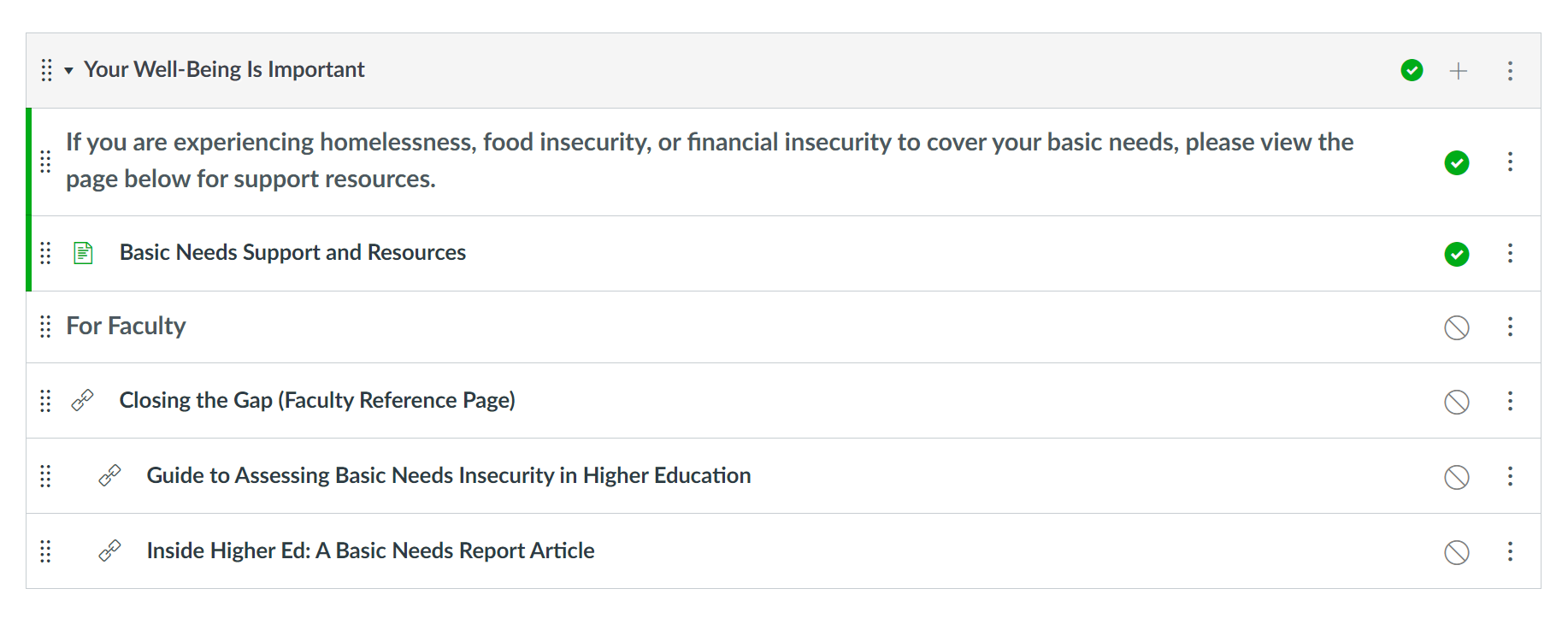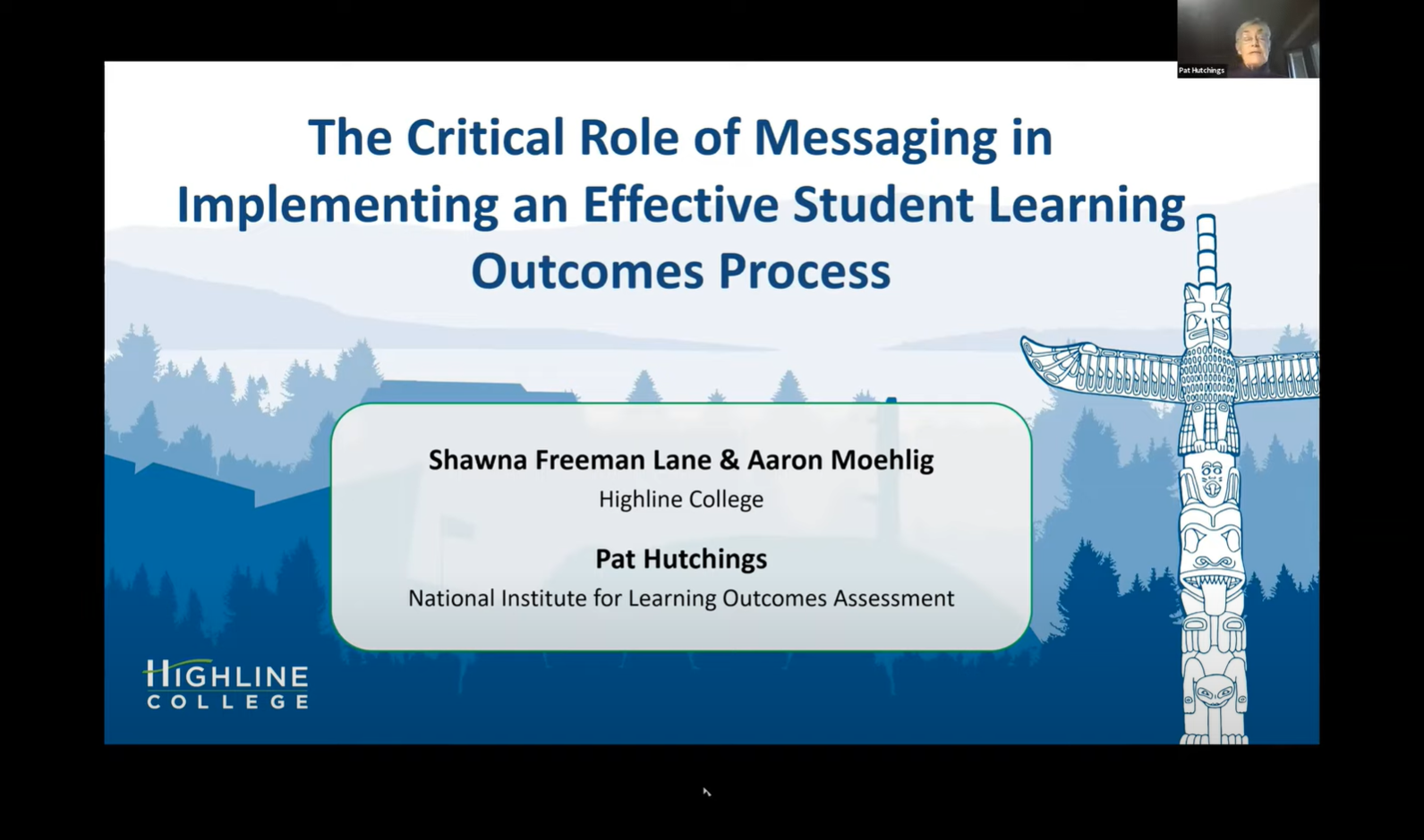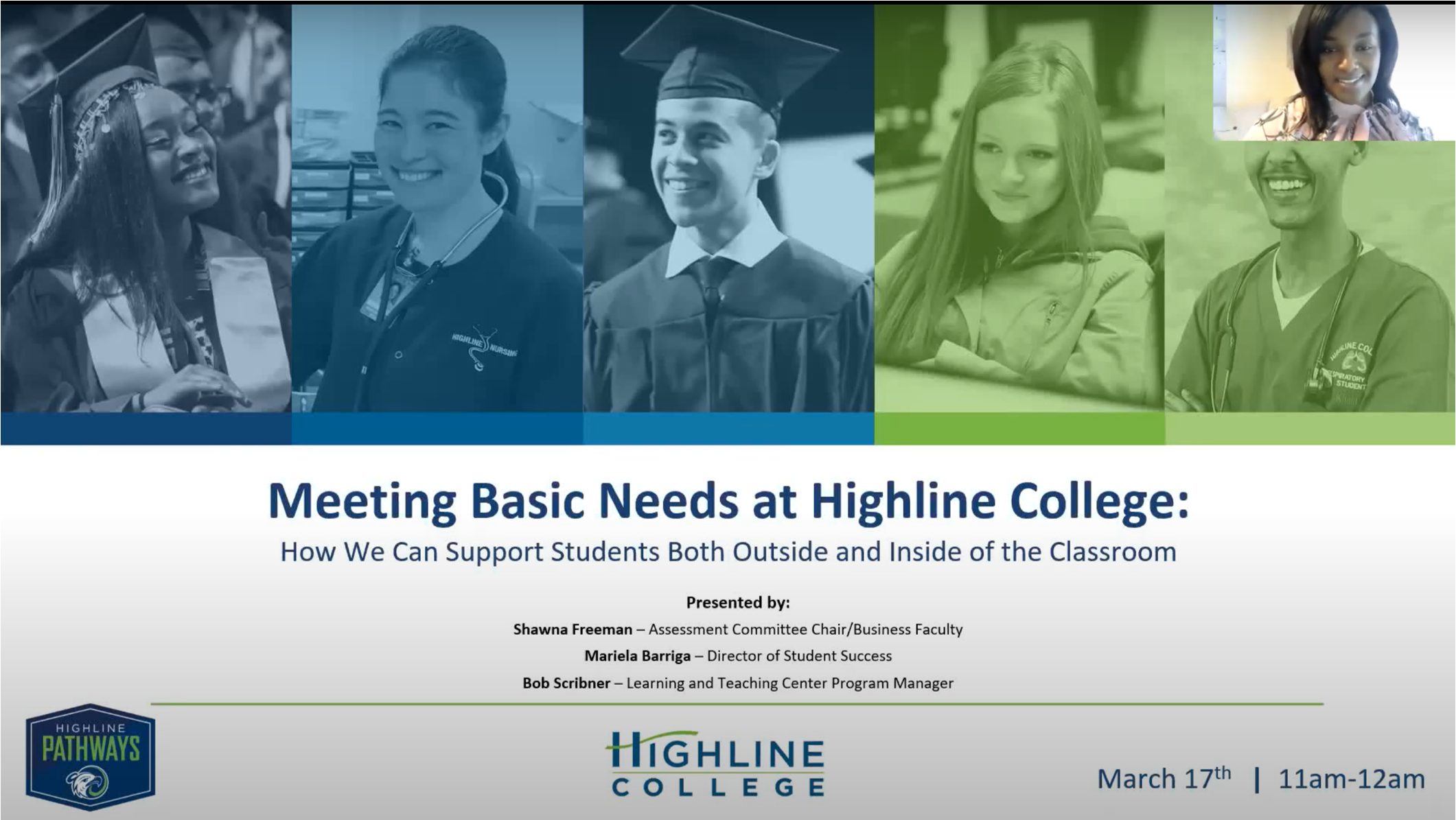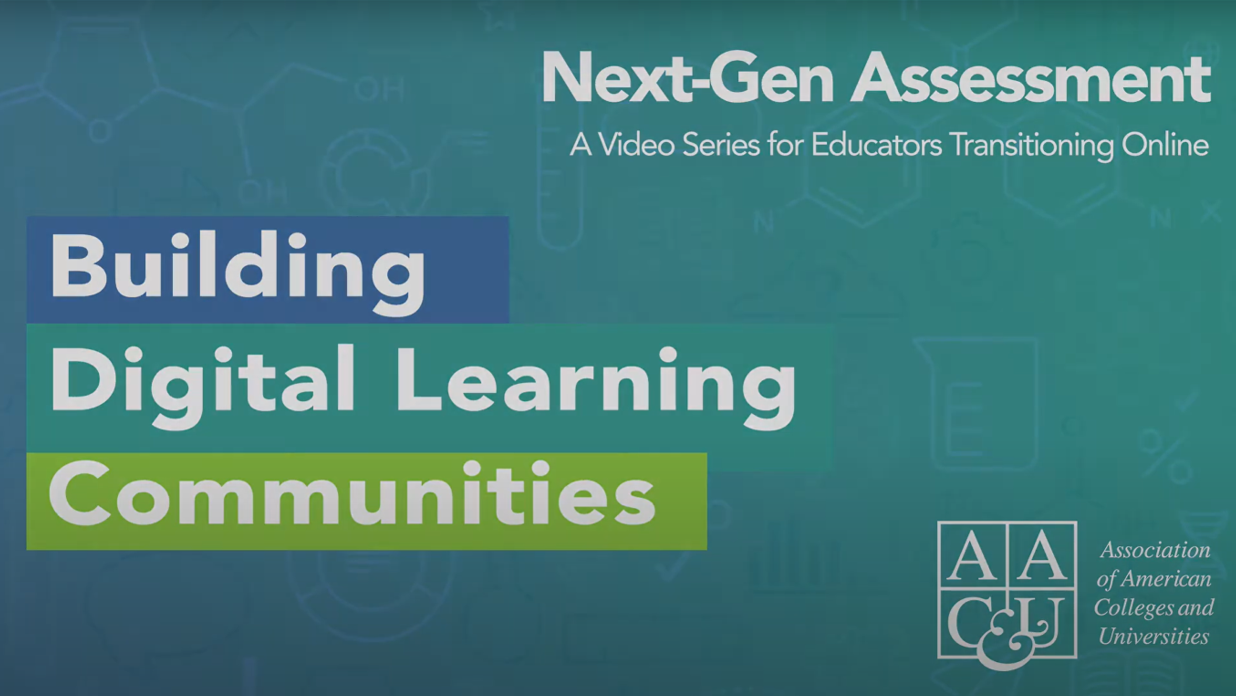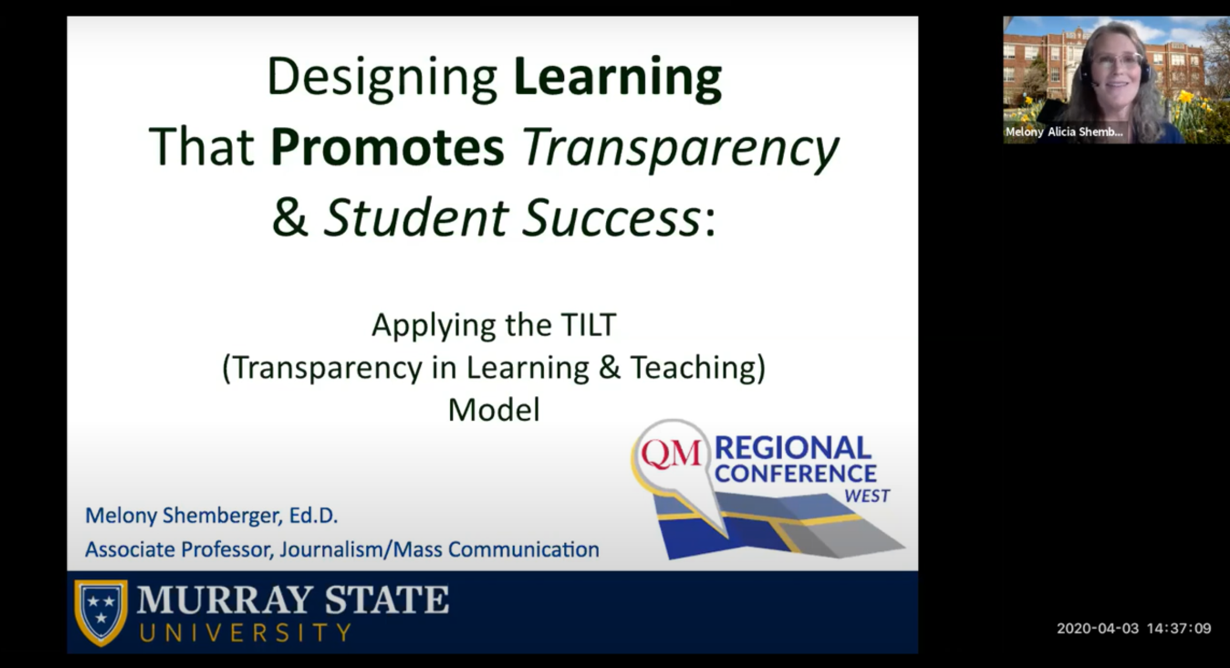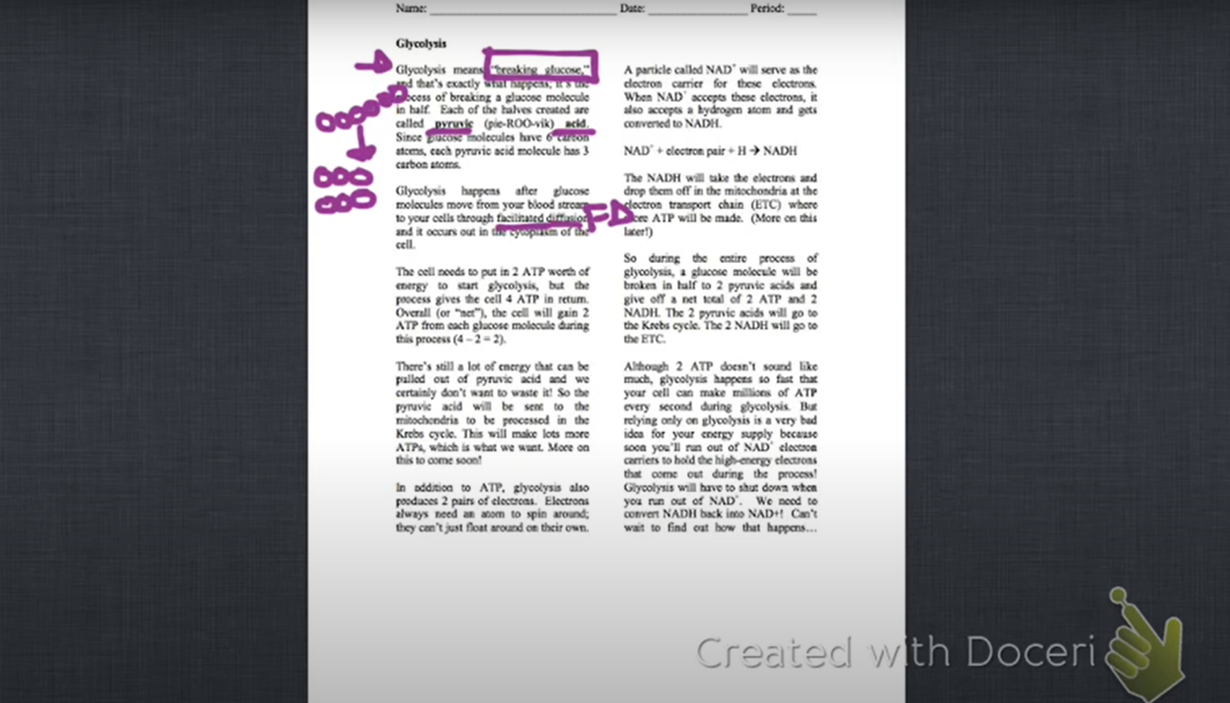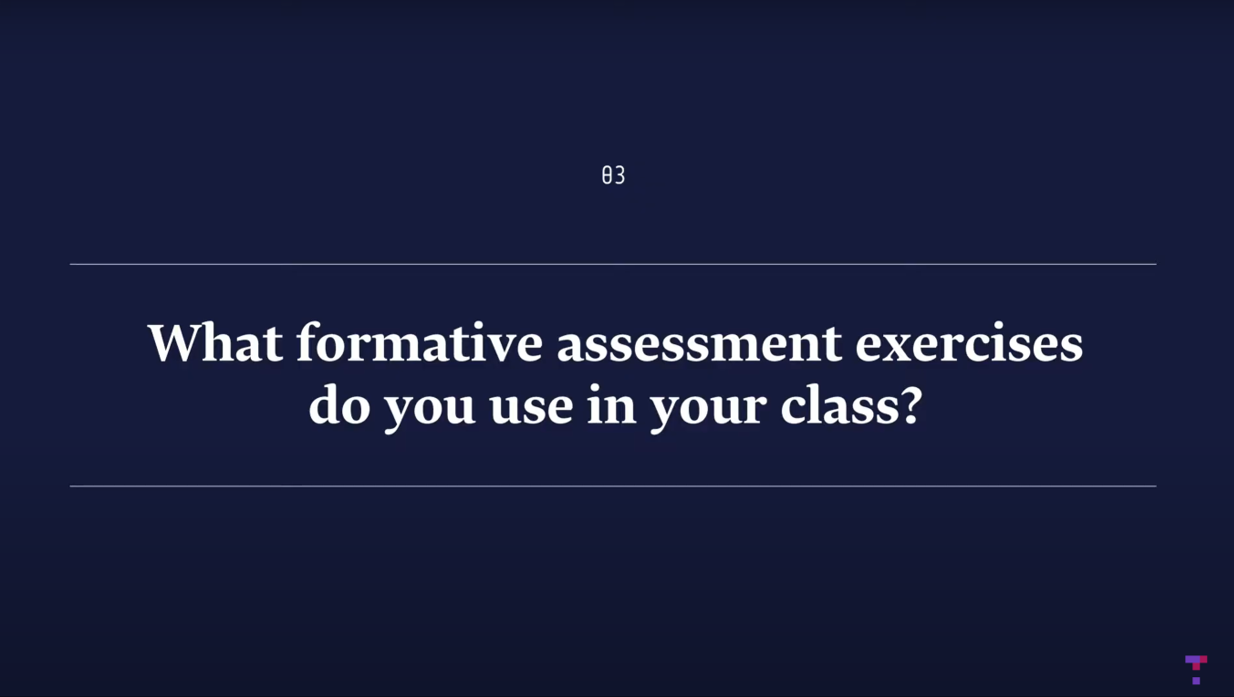Closing the Gap
Closing the equity gap is a top priority for Highline College because we know that underrepresented students are not succeeding at the same rate as their peers. In addition to being a top priority for the college, a fundamental goal of Guided Pathways is to increase the rate at which underrepresented students earn college credentials, while also closing gaps for low-income students, students of color, returning adults, and other groups with inequitable outcomes.
But what can we do about it right now? What are some actions can we take today?
As faculty who are currently in the classroom, we can start closing the gaps right now! Incorporating even just one or two student-centered strategies can greatly improve student success and close the gap.

What Is The Assessment Committee Doing To Help Close the Gap?
With the support of Guided Pathways, the Assessment Committee is approaching closing the gap from two vantage points: Core Competency Assessment and Basic Needs Support
Core Competency Assessment
Core Competency Assessment is college-level assessment that specifies what students will know, be able to do, or demonstrate when they have completed any program of study at Highline. As stated by the AAC&U, this form of assessment allows us the opportunity to examine the actual work students produce in relation to their education [as it] yields the best evidence of how well educators and students are doing. At this level, we can then pinpoint where students need support as they continue on their path to degree completion and beyond.
Basic Needs Support
With Maslow’s Hierarchy of Needs as a reminder, the Assessment Committee recognizes that students’ basic needs must be met before they can bring their best to the classroom. This on-the-ground approach focuses on improving student learning by supporting the whole student in order for them to achieve their best. The Assessment Committee has partnered with the Student Support Center and the Learning and Teaching Center (LTC) to better support students inside and outside of the classroom. For the Basic Needs Canvas Resource Page, go to this link.
Student-Centered Focus
Each of these endeavors strives to keep students at the center, finding ways to support their ability to be successful at each level of their journey at Highline College. However, these endeavors must be coupled with what is happening in the classroom. For more information of helpful, student-centered strategies, read the links below, view videos to the right, or visit the Learning and Teaching Center website.
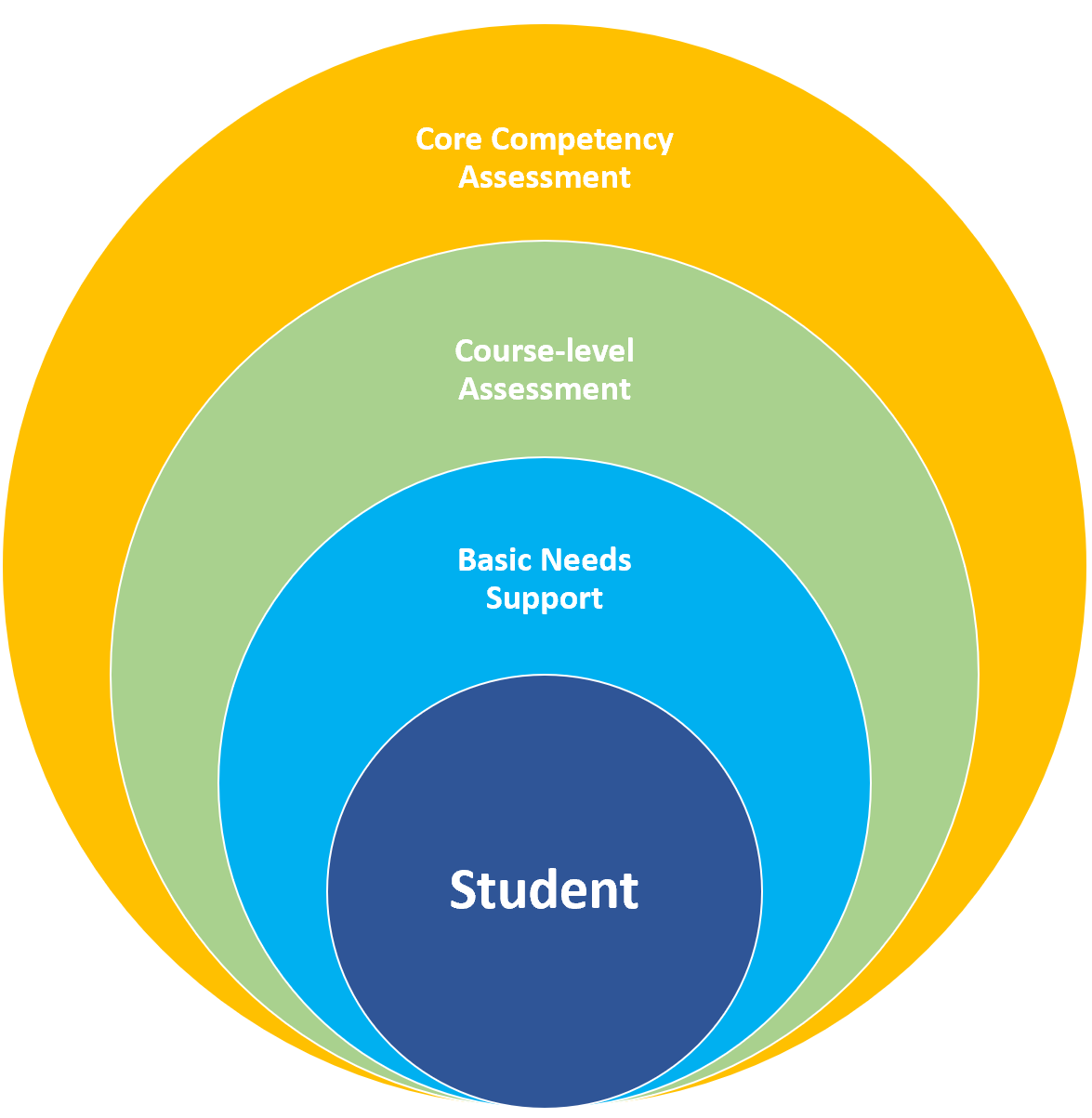
Student-Centered Strategies for Closing the Gap:
- TILT Higher Ed (Transparency in Learning and Teaching)
The Transparency in Learning and Teaching project aims to advance equitable teaching and learning practices that reduce systemic inequities in higher education through 1) promoting students’ conscious understanding of how they learn and 2) enabling faculty to gather, share and promptly benefit from current data about students’ learning by coordinating their efforts across disciplines, institutions and countries. - Assessing Student Learning in the Online Modality (Formative and Summative Assessment)
Formative assessments help students identify their strengths and weaknesses and target areas that need work help faculty recognize where students are struggling and address problems immediately. Formative assessments are generally low stakes, which means that they have low or no point value. The goal of summative assessment is to evaluate student learning at the end of an instructional unit by comparing it against some standard or benchmark. Summative assessments are often high stakes, which means that they have a high point value. - Reading Apprenticeship
Reading Apprenticeship is an approach to reading instruction that helps young people develop the knowledge, strategies, and dispositions they need to become more powerful readers. - Flipped Classroom | Faculty Innovation Center | The University of Texas at Austin
The flipped class is one that inverts the typical cycle of content acquisition and application so that students gain necessary knowledge before class, and instructors guide students to actively and interactively clarify and apply that knowledge during class. - 5 Tips for Addressing Achievement Gaps After Distance Learning | DT&L Conference
Beyond standardized test scores, the achievement gap, or “the disparity in academic performance between groups of students,” manifests itself in many other ways: overall grades, participation in upper level coursework, and other college and career readiness metrics. There are very real concerns that the coronavirus crisis has exacerbated the achievement gap; because it may have amplified existing challenges for the most at-risk learners, leading to the potential loss of a full year’s worth of growth. As many schools and districts turn to blended learning models as a replacement for full distance learning, how will we rise to meet this challenge? Here are five ways to address student achievement gaps after distance learning. - Targeting the Achievement Gap: Strategies Toward Removing Inequities in Undergraduate Immunology Education
Learning communities, active learning, and other student-centered pedagogical strategies presented here, as well as creating an inclusive classroom, are all important components of the STEM persistence framework.
What is the Context for Students?
What were some of the barriers students were facing in Fall 2020?
We surveyed 100+ students Fall 2020 through Winter 2021 and received the following responses to our Student Success Survey:
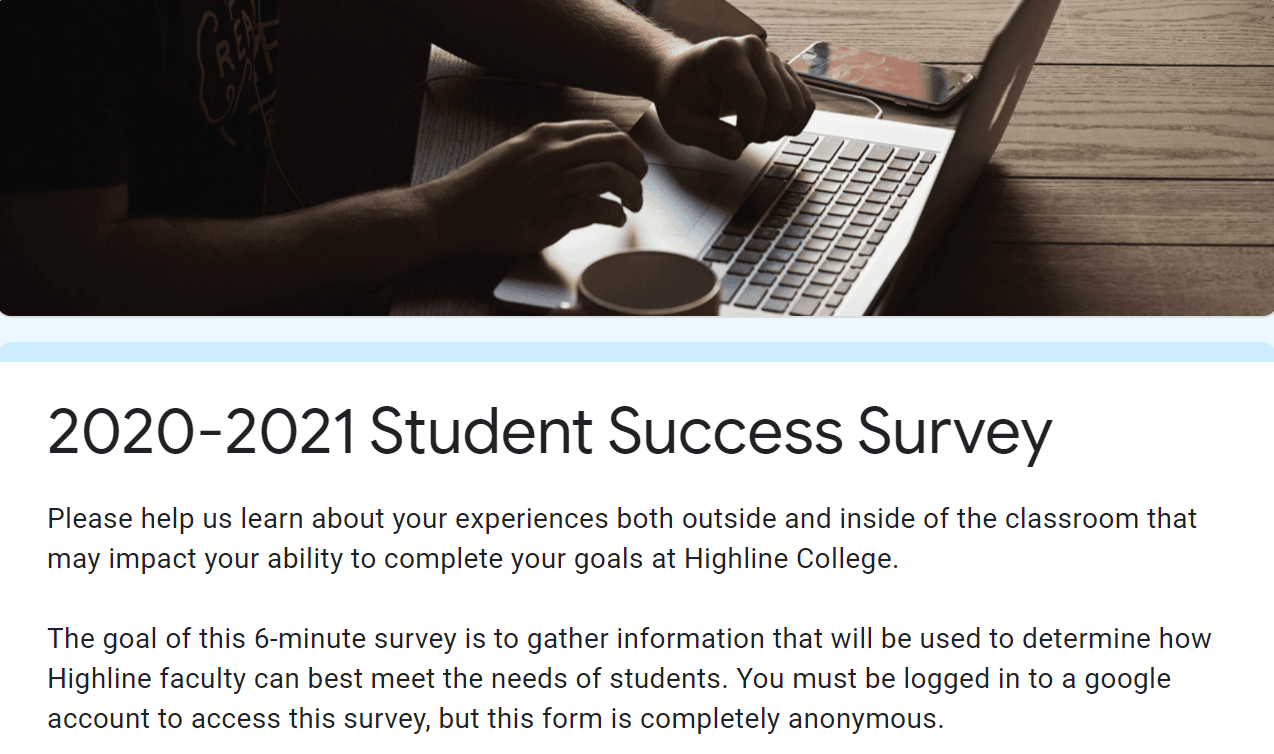

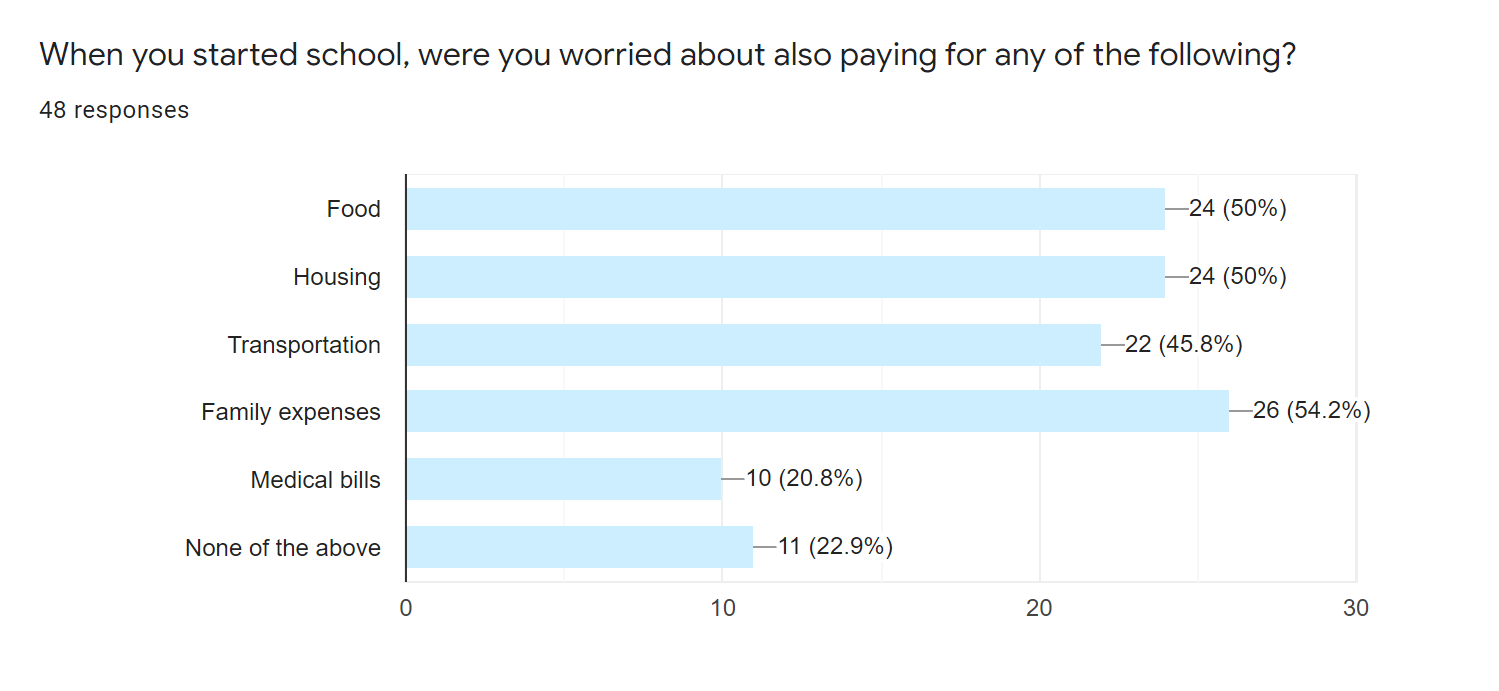
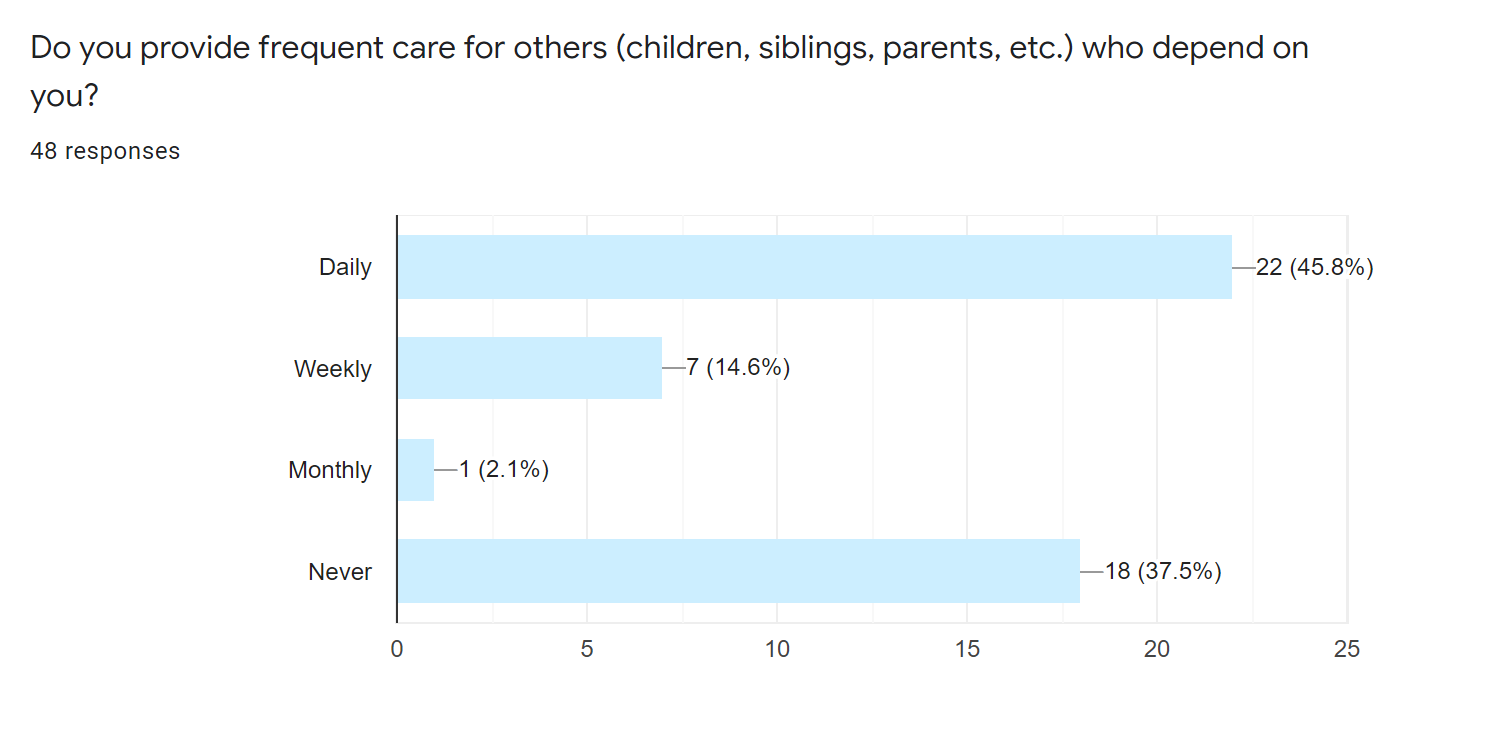

And What are Students Saying Faculty Can Do To Help?
We surveyed 48 students mid-Fall 2020 quarter and received the following responses to the question “What can your instructors do right now in the classroom to better support your success?”
- “More lecture videos.”
- “Answer their emails and understand that this is new for everyone.”
- “Not making the courses or assignments super difficult where I can’t find time to finish or submit them within a timely manner.”
- “Understand that I am having financial difficulties paying for college.”
- “Respond to emails/questions quicker. Provide some sort of student portal where students can ask questions of the instructor and everyone can see the answer. We lose this ability to ask questions when we are not in person.”
- “I just feel that if the online instructors could keep a consistent schedule of assignments and readings/ lectures; instead, of adding additional assignments during the middle of the week. It throws off planned out weeks, but if they can’t I completely understand.”
- “Send reminders and consistent emails/communication.”
- “Be more lenient with assignment due dates.”
- “Have homework announced earlier and more spread out to like 1-2 assignments a week that aren’t too long or hard to do.”
- “Put more than one week’s worth of assignments out so I’m able to get ahead.”
- “Have clear deadlines posted.”
- “Perhaps give me more time to finish my assignments and support me by checking in with me frequently.”
- “Offer more specific feedback on papers rather than just points.”
- “That some of the new tech are out of my knowledge.”
- “Feedback on my homework (good and bad).”
- “Ask how we are doing and if we need help.”
As a response to supporting students’ basic needs, faculty can now use the Basic Needs Resource Page to share with students.
https://canvas.highline.edu/courses/2089488/pages/basic-needs-resources/
